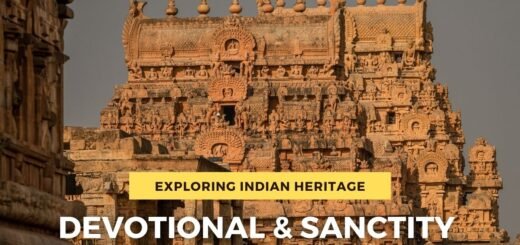Somanathapura Keshava Temple History And Significance
Know the details about Somanathapura Keshava Temple History And Significance, Somanathapura Keshava Temple history and importance, and Somanathapura Keshava Temple location route map guide
Somanathapura is a small town that is known for its tranquil atmosphere, and it is situated on the banks of the Holy River Kaveri. The famed Prasanna Chennakesava Temple, also known as the Kesava Temple, is located in this area. It is often considered to be the most outstanding and extraordinary example of Hoysala architecture. See below to get the details about Somanathapura Keshava Temple History And Significance.
Click here to get the Krishna Ashthakam Lyrics
Click here to get Udupi Krishna Temple Opening Closing Timings Today
Somanathapura Keshava Temple History And Significance
In the thirteenth century, a commander by the name of Somanatha Dandanayaka laid the groundwork for the establishment of the town of Somanathapura. His current position was that of a servant to King Narasimha III of Hoysala.
After that, he submitted a plea to the king for permission, and the monarch granted the Brahmins ownership of the land and the resources that were required to build and maintain the temples in the town of Somanathapura, which was named after the patron. During the year 1258 CE, General Somanatha was responsible for the construction of the Kesava temple, which was situated in the middle of this newly founded town.
Somanathapura Keshava Temple History And Significance
Additionally, a number of other temples that were styled in the Hoysala style were built inside the city itself. However, with the exception of the temple dedicated to Lakshmi Narasimha, all of these temples have either been completely destroyed or are in ruins as a consequence of the conflicts that took place between the Muslim sultanates and the Hindu kingdoms.
According to the inscriptions, the Chennakesava Temple was also badly destroyed as a consequence of the fight that took place in the 14th century. This information is documented in the inscriptions. On the other hand, it underwent renovations a century later as a result of the contributions and financial support provided by the Vijayanagara Empire’s emperors.
Somanathapura Keshava Temple History And Significance
Certain repairs are shown by the fact that the verandah, as well as some portions of the northern tower and platform of the main temple, have stones of a different color and a different quality of work than the rest of the temple grounds. This gives the impression that certain areas have been restored.
The magnificent temple was once again subject to damage during the 19th century, and the Mysore government, which was in charge of the city at the time that it was under colonial rule, once again repaired it during the early 20th century.
Somanathapura Keshava Temple History And Significance
For the purpose of allowing devotees to do a pradakshina of the temple, the whole Somnathpur Temple is built on a somewhat large elevated platform. The temple has been constructed in a stellar form, and it is embellished with three abundantly carved pinnacles that each have a Navranga in common.
The outside walls of the temples are adorned with exquisite sculptures that beautify the structure. In order to decorate the platform that the temple is built upon, there are two lions that are sitting. The construction of the temple is organized in a series of bands that loop around a star that is located on the building. Located on the eastern side of the courtyard is where the primary entrance to the temple complex may be found. There are rectangular grounds that have secondary shrines and cloisters that surround the main shrine that is located in the middle.

